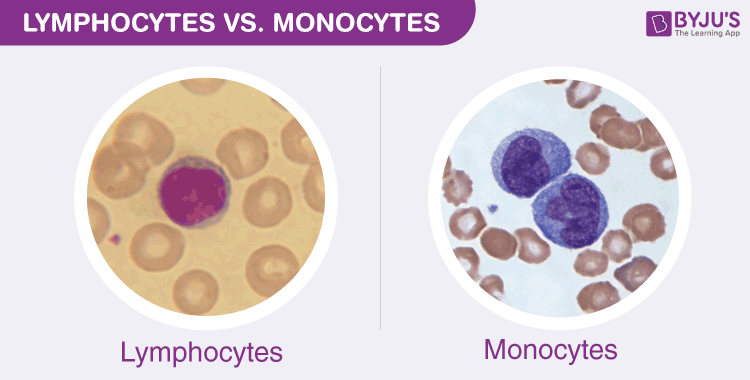Table of Contents
In the human body, blood is the only fluid connective tissue running throughout the body by transporting all the required components such as oxygen, nutrients, proteins, electrolytes, glucose, hormones and also metabolic wastes. Apart from transportation, blood cells are also involved in the regulation, and maintenance of body temperature, pH, and other thermoregulation processes. A healthy individual will have about 5 to 5.5 litres (1.5 gallons) of blood in their body.
The main constituents of Blood are:
- Red Blood Cells (RBCs).
- White Blood Cells (WBCs).
- Blood Platelets.
- Plasma.
White Blood Cells
White blood cells are also referred to as Leukocytes. They are nucleated blood cells, which are differentiated into granulocytes and agranulocytes. These blood cells act as a defence system against any invading infectious agents and protect the human body against infectious diseases by producing a special kind of protein called antibodies. The lifespan of WBCs is 12-20 days. There are five different types of White blood cells – Eosinophil, Basophil, Neutrophil, Monocytes and Lymphocytes. These white blood cells are classified mainly based on the presence and absence of granules.
Also Read: Difference Between RBC and WBC
Here, in this article, let us explore more in detail the differences between Monocytes and Lymphocytes.
Monocyte and Lymphocytes – Difference

| Monocytes | Lymphocytes |
| Large and spherical-shaped cells. | The size varies while encountering an infectious agent. |
| Makeup 2-8% of circulating WBCs. | Makeup 20-30% of circulating WBCs. |
| The cytoplasm is cloudy, opaque and blue-grey in colour with fine lilac granules. | The cytoplasm is clear, transparent and sky blue in colour without granules. |
| Presence of Infrequent vacuoles. | Presence of frequent vacuoles. |
| The lifespan of circulating monocytes is about 24 hours. | Lymphocytes are long-lived cells which may live for months or years. |
| Destroy pathogens through phagocytosis. | Destroy pathogens by producing antibodies. |
| The nucleus of a monocyte is soft, spongy, and oval-shaped with a pale bluish violet colour stain. | The nucleus of a lymphocyte is dense, oval-shaped and stretched with a deep purplish-blue colour stain. |
| Dendritic cells and Macrophages are two types of Monocytes. | B lymphocytes (B cells) and T lymphocytes (T cells) are two types of lymphocytes. |
| Monocytes are the tools for Innate Immunity. | Lymphocytes are tools for Adaptive Immunity. |
Also Read: Difference Between Granulocytes and Agranulocytes
This was a brief introduction to the difference between monocyte and lymphocytes. Stay tuned with BYJU’S to learn more in detail about the various topics like blood cells, types of blood cells, structure, functions and other related topics at BYJU’S Biology.

Comments